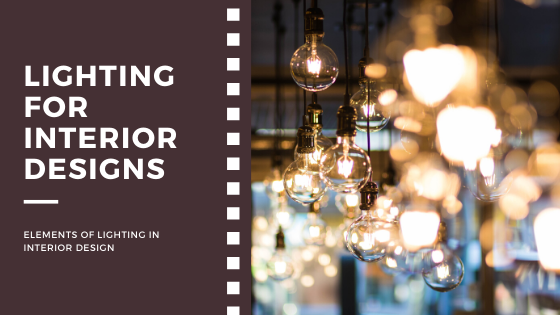
14 Nov Lighting For Interior Designs
Lighting is noticeably one of the most important factors in any home design. Yet, it is also the most overlooked element. Lightings not only allows the person to see and perform tasks in the night but also provides security and decorative purposes. In this article, we will discuss a little about the history of lightings and their usages.
The first lamp created was carved out of rocks, seashells or other similar objects. It was then filled with combustible materials (probably dried grass) with animal oil which was then lighted. It might also be the accidental discovery of combustible materials burning at the end of a branch which gave birth to the very first “torchlight”.
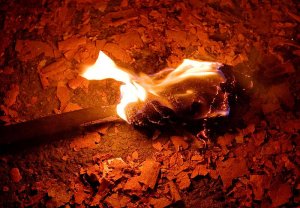 Photo by Andrew Dunn @ http://www.andrewdunnphoto.com/
Photo by Andrew Dunn @ http://www.andrewdunnphoto.com/
With the arrival of technology and the age of industrialization came the invention of the first electric lamp (GLS bulb) by Thomas Edison who patented the invention in 1880.
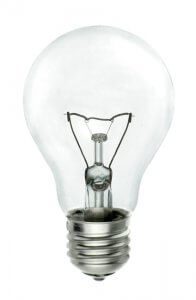
With the ever-increasing demand for brighter lamps came the fluorescent tubes which operated at a fraction of the power needed to light up a GLS bulb. Philips Lighting then made it smaller and more compact and thus came the name PL-C bulb (Philips Linear – Compact Bulb). This bulb also performs longer (8000 hrs) than the conventional GLS bulb (1000 hrs) before the failure rate starts.
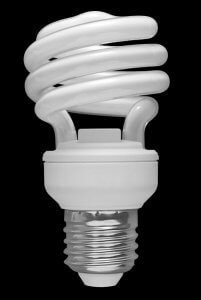 Picture by: Sun Ladder~commonswiki
Picture by: Sun Ladder~commonswiki
Fast forward to the current day. Lighting technology is constantly evolving and now we have the emergence of the LED (Light Emitting Diode). This promising technology has been improving and changing as a lighting source since its emergence in the late 1990s.
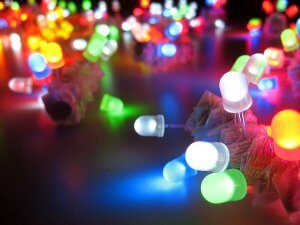 Picture by: Akimbomidget at English Wikipedia
Picture by: Akimbomidget at English Wikipedia
The wide variety of brightness and colours depending on the application makes it very appealing for interior designers to incorporate them into their designs. However, due to the different manufacturers’ specifications, there is no standard regulation or guideline to how bright, how much power it uses and how efficient each LED manufacturer must comply with.
I often hear retail shop salespeople advising homeowners about the physical size of light fittings which determines how bright the light fittings will be (eg. 6″ diameter downlight). That is a misconception of the nature of the light fitting.
The brightness of a light fitting is determined by its wattage (power usage), lumens (how bright the light source), efficiency (lumens/wattage) and color temperature.
Eg. One 6″ diameter less efficient downlight may use up to 20W but only produces 900 lumens of light. Whereas a 5″ diameter more efficient downlight uses only 16W but produces 1200 lumens of light. What this translates to homeowners is energy-saving (cost savings) and renovation savings (buy less light fittings and less installation cost).
Another aspect of lighting is the colour temperature.
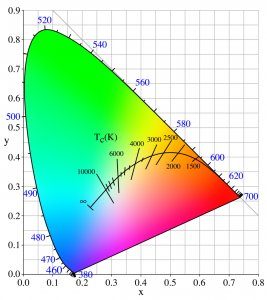 Picture by : en:User:PAR
Picture by : en:User:PAR
Many homeowners also have the misconception of what different colour temperatures of the light source can achieve. Many believe that lighting is only distinguished by white and yellow light. White light being brighter and yellow light being darker.
In a more general description, there are in fact few temperatures of the light source to consider when choosing your light fittings:
1) Daylight – 6500k
2) Cool White – 4000k
3) Warm White – 3000k – 2700k
As you can see, the lower the temperature the more “yellow” the light source becomes. Same reasoning here, brightness is not just determined by just one aspect (colour temperature). A warm white downlight with the same efficiency as a cool white downlight can produce the same lumens (brightness). It is the spectrum of the temperature that makes it seems darker when in actual fact both light fittings are just as bright.
Ever notice why most street lamps on our highway and roads are warm and not white? That is because to date no “white” light (eg. metal halide or mercury vapor) and even existing white LEDs are as efficient as SON (high-pressure sodium) lamps for this application.
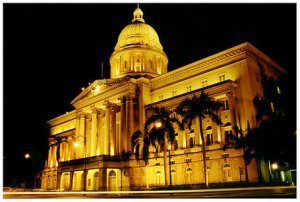
Good lighting design can enhance your home design but bad lighting design can tarnish the final result of your home makeover. This is often due to the misconception of inexperienced interior designers and lack of information for homeowners about the use of proper lightings. Different areas require different brightness and colour temperature for their intended purpose. For instance, homeowners do not need their bedroom to be as bright as a library and the kitchen must not be too dim for they need bright light to see and make sure their food is properly and thoroughly cooked. We will cover this topic of Proper Lighting Design in another segment soon.
Do drop us a message or call (Tel: 65898505), to make an appointment and let us show you how we can help you to maximize the full potential of proper lighting designs for your home or commercial renovation.
About the author:
Vincent Chua from Vvid Elements Pte Ltd received lighting design training in Italy and Nottingham in 2006. With more than 13 years of experience in the lighting industry, he was involved in many landmark projects in Singapore and Malaysia including condominiums, malls, schools and many other iconic buildings where his knowledge of proper lighting designs helped to reduce energy wastage and improve efficiency and aesthetic beauty of the buildings.
